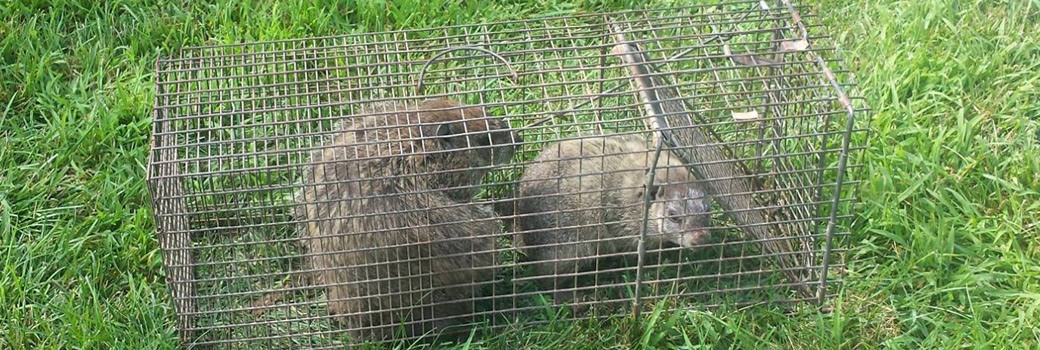- Oakland Educational Article of the Month - About Groundhog: Appearance, biology, life cycle, habitat, diet, behavior
About Groundhog: Appearance, biology, life cycle, habitat, diet, behavior
Groundhogs are one of those animals which could be troublesome for you if you live in lowland regions. These groundhogs belong to a special group of rodents, commonly known as marmots. These Oakland marmots are short-legged and short-furred creatures which usually reside in the woods or open regions. They feed on other animals in order to fulfill their food requirements. They have got sharp claws which make them capable of burrowing. Groundhogs are wild animals and can cause harm to humans if they encounter any. This is the reason why it is recommended to keep your houses safe from these animals. Let us explore other features and characteristics of groundhogs in depth.

Appearance
Groundhogs are short animals, with a height or around 40 to 60 centimeters. However, in some regions they also comprise of a greater height. These animals are well aware of the process of digging and make use of it in order to defend themselves. They have thick and curved claws in order to assist them with the process of digging. They comprise of short fur on their body. However, the fur is quite thick and helps them remain warm in cold seasons. Moreover, they have short legs and are usually found in brownish or grayish colors. Their weight is around 2 to 4 kilograms, due to which they are considered to be heavy animals.
Biology and life cycle
Groundhogs are also one of those creatures which reproduce through the process of mating. Their mating season starts in March and ends in April. Young females are also able to reproduce during this duration. However, older females have a better chance to successfully give birth to a groundhog as compared to younger females. The female can give birth to 2 to 6 young Groundhogs once a year. After the breeding season is over, the groundhogs hibernate with their children in burrows during the winter season. This helps them protect themselves and their children from the unbearable cold outside.
Groundhogs can live for about 9 to 14 years depending on their conditions. However, it is important for them to protect themselves from all the predators out there. Moreover, they must also hibernate during the cold season. If they are unable to find a place to hibernate, they could even die of cold during the winter season. The predators for groundhogs generally include cougars, wolves, foxes, bears, eagles etc.
Habitat and diet
As established earlier, Oakland Groundhogs are prone to living in open regions in lowland areas. They generally reside in forests and woods where they can feed on the wild animals and plants. They also find it easy to create burrows in these regions due to the soft muddy floor. However, they may also travel to nearby regions in search of food. If you live in a place in a lowland region near a forest, you might expect these groundhogs wandering the roads or streets nearby at nights.
Behavior
It is quite interesting to observe the behavior of groundhogs. Unlike other animals, Oakland groundhogs are not social creatures who like to socialize with other groundhogs in their surroundings. Instead, they are quite asocial animals which do not interact with other animals except during the hibernating season. They are aggressive creatures who are fond of getting dominance in a region. In fight, you might also see groundhogs fighting with other animals in order to gain dominance over a particular region. They are quite good at creating amazing burrows. A normal groundhog can create a burrow by moving almost one cubic meter of mud, which is quite a large area for them. Moreover, they create their burrows in such a way that they could prevent predators from entering it through any way. Some of the groundhogs also remain outside the burrow to look for any predators. If they find any danger nearby, they sound a loud whistle in order to alert the other groundhogs right away.
Even though these animals comprise of a think, heavy bodies, that does not mean that they are not able to swim or climb. Groundhogs are excellent swimmers and climbers, which helps them get away from any predator with ease. They can easily climb trees to get rid of the predators. If these animals are under attack, they hide in their burrows. However, if the predators are able to enter their burrows, then they try to fight back and defend themselves using their sharp, curved claws and large incisors. These large teeth also help them in finding food and killing animals for eating. It is not necessary for groundhogs to kill other animals for food because they can easily feed on wild plants in the forests. However, when they kill animals, they are able to tear them apart in a matter of seconds due to their large claws and sharp teeth.
To learn more about our services, visit the Oakland wildlife removal home page.

